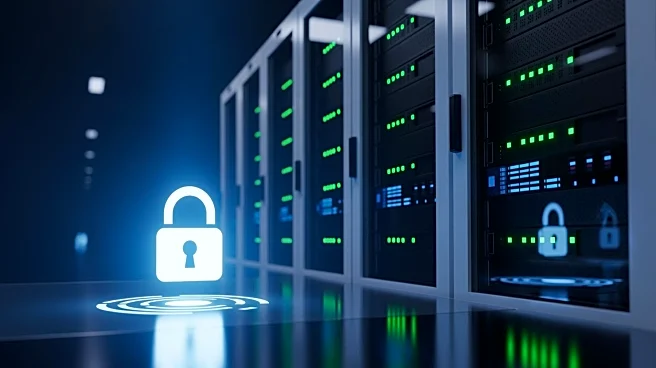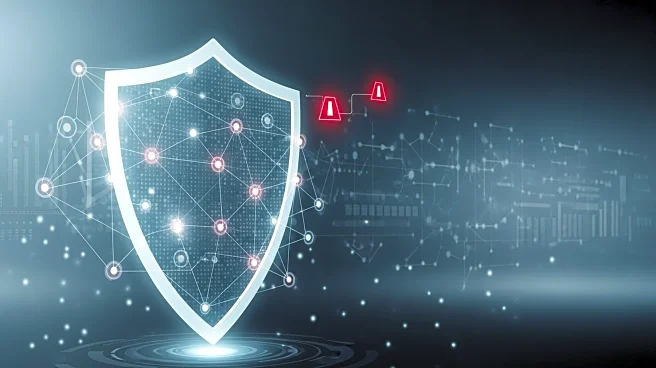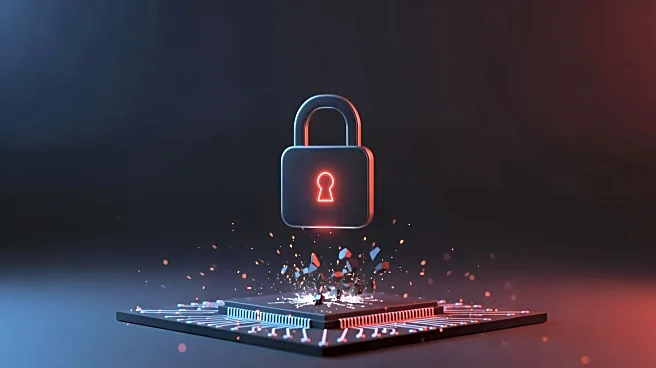What's Happening?
The Los Angeles Department of Water and Power (LADWP) has adopted a new Endpoint Privilege Management (EPM) tool from BeyondTrust to bolster its cybersecurity measures. This tool is designed to prevent
unauthorized access by defining specific permissions based on tasks or applications rather than user identity. The initiative aims to mitigate risks associated with identity compromises, which are prevalent in approximately 90% of cyberattacks. The EPM solution helps prevent attackers from moving laterally within the network, escalating privileges, or accessing sensitive information. Since implementing the least-privilege security principles, LADWP has reported a 42% reduction in service desk calls, indicating improved efficiency and security.
Why It's Important?
The implementation of the EPM tool is crucial for LADWP as it strengthens the security of critical infrastructure, which is often targeted by cybercriminals due to its potential to cause widespread disruption. By tightening controls on identity and endpoints, LADWP is proactively closing pathways that could lead to system outages or data breaches. This move not only enhances the security posture of the utility but also ensures continuity of service, which is vital for maintaining social order and preventing chaos in densely populated areas. The approach reflects a growing trend among organizations to prioritize cybersecurity and protect against identity-related vulnerabilities.
What's Next?
LADWP's adoption of the EPM tool sets a precedent for other utilities and organizations to follow suit in enhancing their cybersecurity measures. As cyber threats continue to evolve, it is expected that more entities will invest in similar technologies to safeguard their operations. The focus on identity and endpoint security is likely to become a standard practice, with organizations seeking to prevent unauthorized access and minimize the impact of potential cyberattacks. Continuous monitoring and updates to security protocols will be essential to adapt to new threats and maintain robust defenses.











